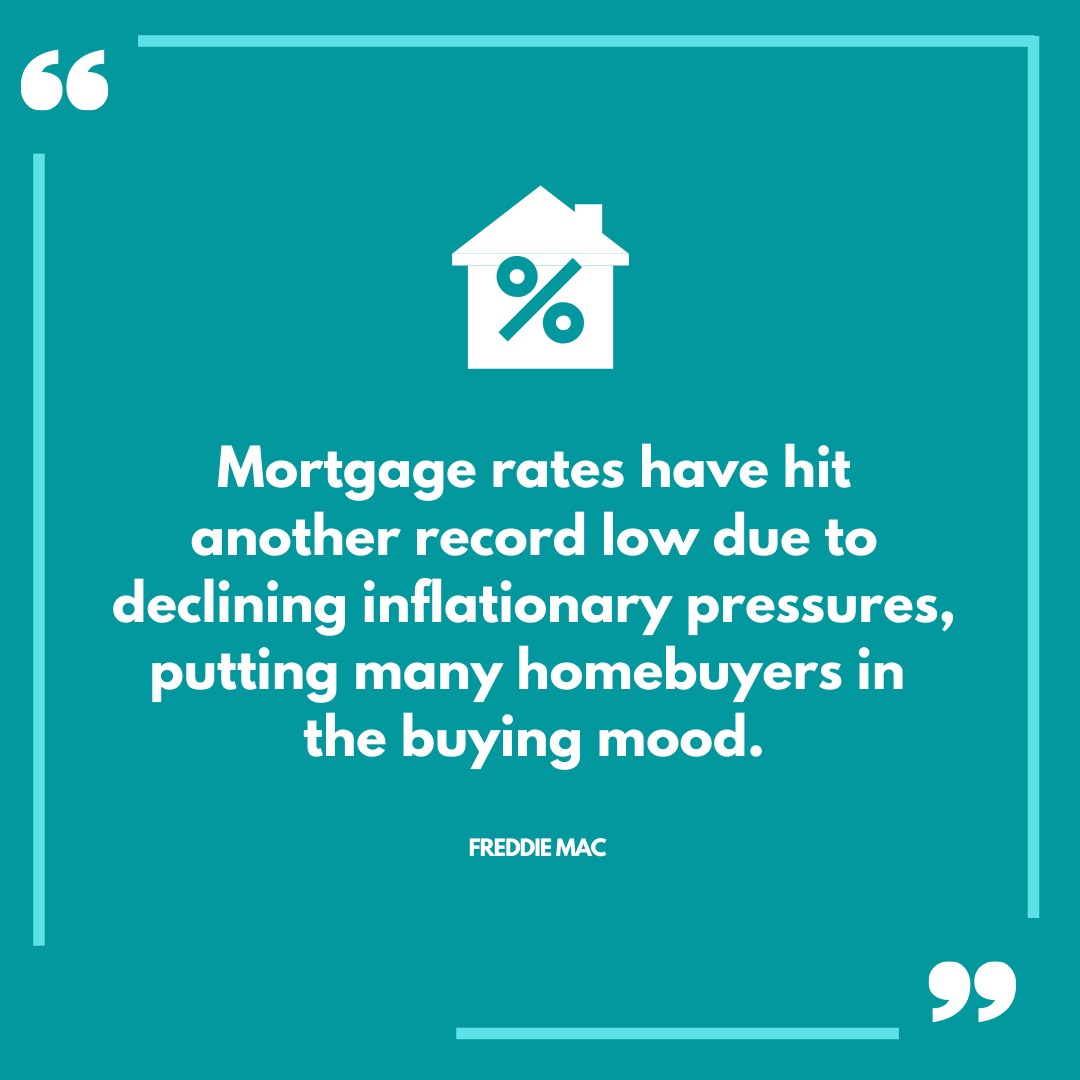
by Mark Schniepp and Ben Wright
July 2, 2020
The June labor market report form the BLS showed millions of job gains and a falling unemployment rate. The improvement in June occurred as total employment increased by 4.8 million jobs, the largest monthly gain in job creation in the history of recorded data.
The increase is due principally to the resumption of businesses opening during the last half of May and early June throughout the nation.
But monthly data has become a lagging indicator and does not always capture current economic conditions.
As we reported last week, we are becoming increasingly concerned about the outlook for August and September, and real-time evidence suggests our concerns are warranted.
The California unemployment rate that we estimate each week has been rising for over a month, and now the U.S. rate is increasing too. Cell phone tracking data indicates that fewer people were commuting in late June compared to late May.

Cell phone tracking data has been an accurate predictor of consumer spending, and people are now taking fewer trips to stores, hotels, restaurants, and other retail/recreational locations. Reduced spending is likely to follow.

Why is the data turning negative? There are a number of reasons contributing to this and the most obvious is the partial re-closures of businesses in Arizona, Colorado, Texas, Florida, Michigan, and California. Furthermore, some consumers are growing more worried about the rising infection rate and are choosing to isolate themselves.
Then there is the growing awareness that the economy is about to hit an income cliff when the federal bonus of $600 per week in unemployment benefits expires at the end of July. After this month, unemployed workers will have much less weekly income available for spending.
Finally, firms can now use the Paycheck Protection Program loans for expenses other than wages and salaries. As a result, there is less of a rush to restore workers (until they are needed) and more of an incentive to pay other expenses. Therefore, hiring could decrease in July unless the recent orders to re-close businesses are removed and consumers increase their spending.
We will keep you posted as new information becomes available.
Total Effective Unemployment is Much Higher than Reported
by Mark Schniepp and Ben Wright
July 2, 2020
Between mid-May and Mid-June, the U.S. economy gained 4.8 million jobs and the unemployment rate declined to 11.1 percent. Without question, these are both terrific developments that show an improvement in the labor market.

But as we have mentioned repeatedly, the headline job market reports have not represented the whole story of the Coronavirus Recession.
 Today we’d like to introduce a new indicator that shows total unemployment in the COVID-19 era. It expands upon the traditional headline unemployment rate by including other types of hardships that have become prominent, including:
Today we’d like to introduce a new indicator that shows total unemployment in the COVID-19 era. It expands upon the traditional headline unemployment rate by including other types of hardships that have become prominent, including:
- People who have been temporarily furloughed
- People who are on sick leave
- People who want a job but aren’t looking for a job
We chose these categories because they have risen to unprecedented levels and capture most of the work stoppages directly caused by the pandemic and lockdowns. None of these people are counted in the headline unemployment rate. Yet the number of people who want to work but aren’t, either because they can’t find work, have given up looking for work, or are too sick to work, total 31 million.
As of mid-June, these extra categories raise the true unemployment rate (we’ll call it U-COVID) to 18.3 percent, which is an improvement from the 24.5 percent that was recorded in April, but shows that the labor market is still very close to depression-era conditions. It’s a sobering reality that needs to be understood alongside the positive analysis that you will probably see on the news tonight.

U-COVID measures the total rate of unemployment in the coronavirus era.
It includes the traditional headline unemployment rate from the BLS (officially called U-3)
and adds people who have been temporarily furloughed, people who are on sick leave,
and people who want a job but aren’t looking for a job.
Quick Fixes That Pay Off Big When Selling Your Home
#SellYourHomeForMoreandPayLess, #TimeToSell #ChrisBJohnsonRealtor, #SellersPayZEROCommission, #ListYourHomeAndPayNoCommission, #BetterThanFSBO, #5StarREALTOR®, #FixandFlip, #RealEstateInvestor, #TopProducer, #AJIBoom, #XomeAgentNetwork, #BidOnHomes, #ShortSaleSpecialist
POSTED BY My Los Angeles County Real Estate BLOG My Ventura County Real Estate BLOG BuyersWalkThrough
#SellYourHomeForMoreandPayLess, #TimeToSell #ChrisBJohnsonRealtor, #SellersPayZEROCommission, #ListYourHomeAndPayNoCommission, #BetterThanFSBO, #5StarREALTOR®, #FixandFlip, #RealEstateInvestor, #TopProducer, #AJIBoom, #XomeAgentNetwork, #BidOnHomes, #ShortSaleSpecialist











No comments:
Post a Comment